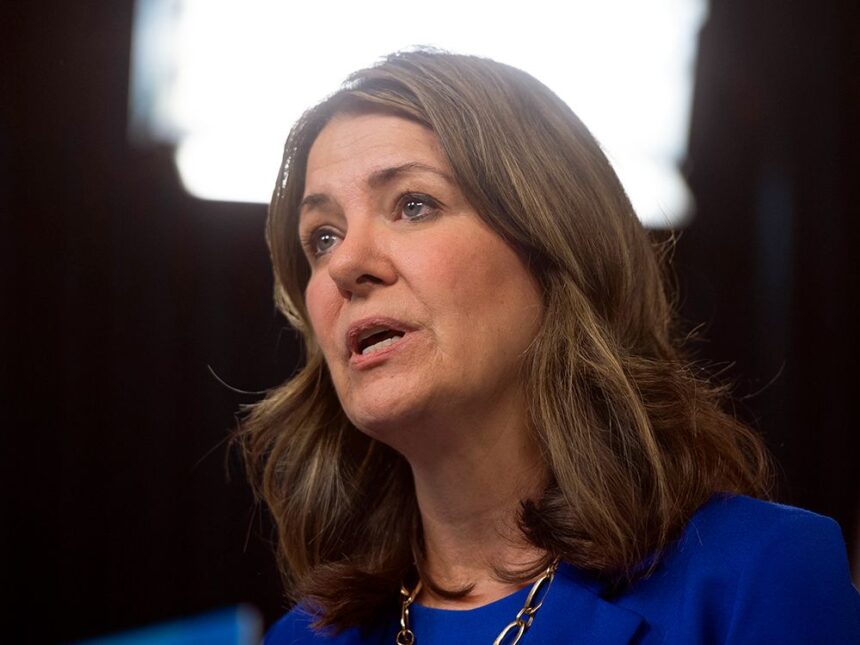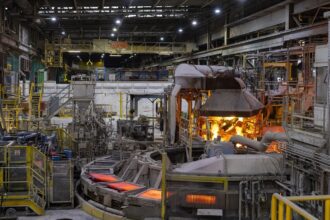In a surprising diplomatic turn that caught political observers off guard, Alberta Premier Danielle Smith met with former Bank of Canada governor Mark Carney on Friday, describing their discussion as “a positive first step” despite their historically divergent views on energy policy and climate action.
The high-stakes meeting, which took place in Calgary, represented an unexpected thawing in relations between two figures who have frequently found themselves on opposite sides of Canada’s increasingly polarized energy debate. Smith, a staunch defender of Alberta’s oil and gas sector, and Carney, who has championed aggressive climate policies and net-zero initiatives, engaged in what the Premier later characterized as “a productive conversation about Alberta’s balanced approach to energy development.”
“We had a frank exchange about the realities facing Alberta’s economy and our Emissions Reduction and Energy Development Plan,” Smith said in a statement released by her office following the meeting. “While we certainly have different perspectives on some issues, we found common ground in recognizing Alberta’s leadership in responsible resource development.”
Carney, who currently serves as the UN Special Envoy on Climate Action and Finance and is rumored to be positioning himself for a potential Liberal leadership role, offered a measured response to the meeting. “I appreciate Premier Smith taking the time to discuss Alberta’s approach to energy transition,” Carney stated. “The path forward requires pragmatic solutions that balance environmental responsibilities with economic realities.”
The meeting comes at a critical juncture for Alberta’s energy strategy. Smith’s government recently unveiled its Emissions Reduction and Energy Development Plan, which aims to reduce emissions while still supporting the province’s dominant oil and gas industry. The plan sets targets for emissions reduction without imposing production caps that Smith has consistently opposed as harmful to Alberta’s economic interests.
Political analysts suggest the meeting may be part of a broader strategy by both figures. For Smith, engaging with prominent Liberal-aligned figures like Carney demonstrates willingness to work across ideological lines while standing firm on provincial interests. For Carney, understanding the perspectives of energy-producing provinces would be essential should he harbor national political ambitions.
Energy economist Peter Tertzakian of the ARC Energy Research Institute notes the significance of the dialogue. “These conversations between seemingly opposed viewpoints are precisely what Canada needs. The polarization of our energy discourse has prevented pragmatic solutions that recognize both climate imperatives and economic realities.”
The meeting also occurs against the backdrop of increasing federal-provincial tensions over energy policy. Alberta has repeatedly challenged Ottawa’s environmental regulations, including launching legal challenges against various federal climate initiatives that the province views as intrusions into its constitutional authority over natural resources.
Smith has been particularly vocal about protecting Alberta’s jurisdiction, arguing that the province’s approach to emissions reduction—focusing on technologies like carbon capture rather than production limits—represents the most effective path forward.
As Canada navigates the complex challenges of energy transition while maintaining economic prosperity, one question remains central to the national conversation: Can political figures with fundamentally different visions find enough common ground to develop energy policies that serve both environmental and economic objectives in a deeply divided country?










